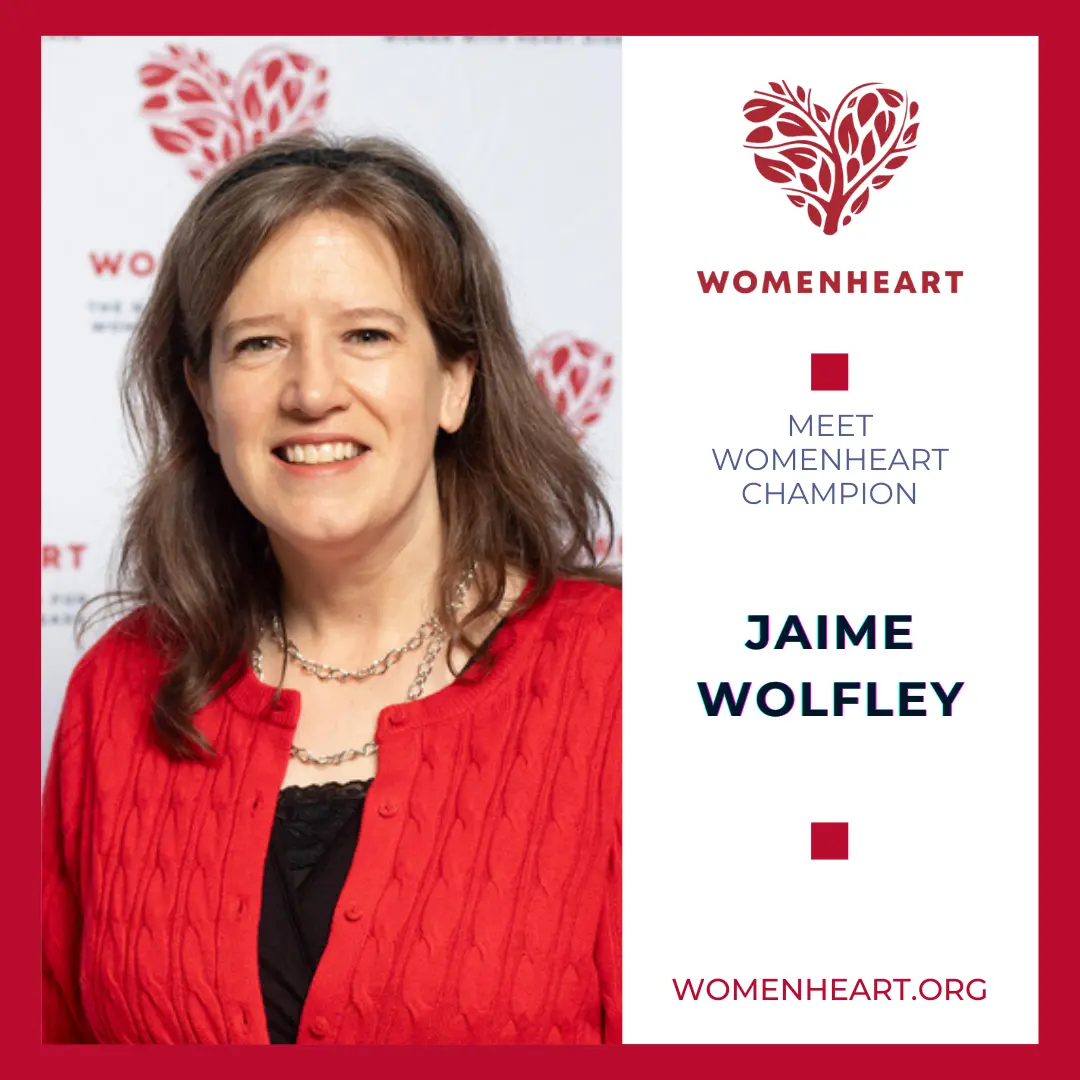 It was the first day of Heart Month, a few weeks ago, when I was home on a Thursday night and decided to watch television. Grey’s Anatomy, in particular, was creating a buzz; I hadn’t watched in a while, but friends and colleagues insisted I had to watch tonight.
It was the first day of Heart Month, a few weeks ago, when I was home on a Thursday night and decided to watch television. Grey’s Anatomy, in particular, was creating a buzz; I hadn’t watched in a while, but friends and colleagues insisted I had to watch tonight.
As I curled up to watch, I was struck by the accuracy and realistic nature of the scenes unfolding before my eyes. I found myself talking to the television in solidarity with television doctor Miranda Bailey, who suffered a heart attack and described her symptoms to doctors, only to be discredited and referred to a psychologist instead of a cardiologist. My blood boiled for all the women—including some of our 850 WomenHeart Champions nationwide—who have faced the same discrimination, experienced the same encounters.
Upon researching this episode, I was amazed to learn that it’s the real-life story of one of the Grey’s Anatomy writers, Elisabeth Finch, who bravely used her own experience to fuel this story line.
And we see it all too often—women who are ignored or labeled dramatic or know-it-alls when they come in with what we are now learning are heart attack symptoms in women. But we don’t often see this portrayed on television, which contributes to a general lack of understanding among women about what their symptoms may look like.
CNN recently shared insight on this issue, quoting our renowned expert and longtime WomenHeart ally Dr. Nanette Wenger: “In the earlier years, even the basic research was done on male animals. It was cheaper.” Dr. Wenger also explained that men often developed heart attacks at younger ages, which left women in this realm where supposedly it didn’t really affect them. “[Men] were at the peak of their careers. They were visible. They were in the workplace,” Dr. Wenger told CNN, adding that women “were not paid much attention to.”
The same CNN piece, published a couple weeks ago on Valentine’s Day, quotes our esteemed Scientific Advisory Council member Dr. Nieca Goldberg, who understands the dilemma women face when they arrive in hospital emergency rooms or doctor’s offices with symptoms. From early on in her career, Dr. Goldberg found herself seeing women patients whom she suspected suffered a heart attack while her colleagues told the same woman she was “likely “stressed out and needed a vacation.”
But a recent Healthline article reports that doctors miss heart attack symptoms in women 50 percent of the time. How can this be possible when there are nearly 48 million women living with or at risk of heart disease? We need to do a better job of educating ourselves, our sisters, and our friends on what heart disease looks like in women.
CNN reported that nearly half of women observed in a recent study did not fit the classic heart attack symptoms, but instead, experienced symptoms we often hear women complain of during heart attacks: nausea, vomiting, trouble breathing, back pain, neck pain, and arm pain.
It’s long overdue, and time to start listening to women and understanding what heart disease looks like in half the population. Our nation can no longer accept the fact that women are incurring more muscle damage to their hearts due to misdiagnoses. Know your family history, get your heart screened and learn your numbers (blood pressure, cholesterol, and body mass index are key).
Taking charge of your heart health through diet, exercise, and proactive conversations with your doctor can be key to stopping the number one killer of women.




